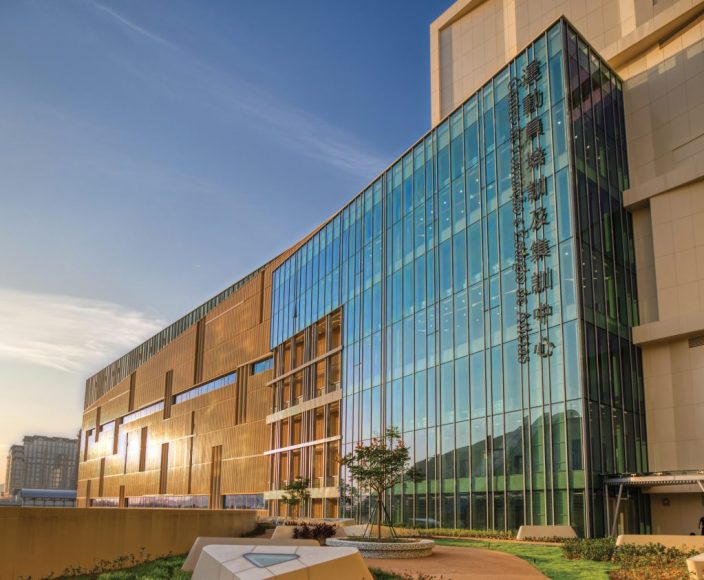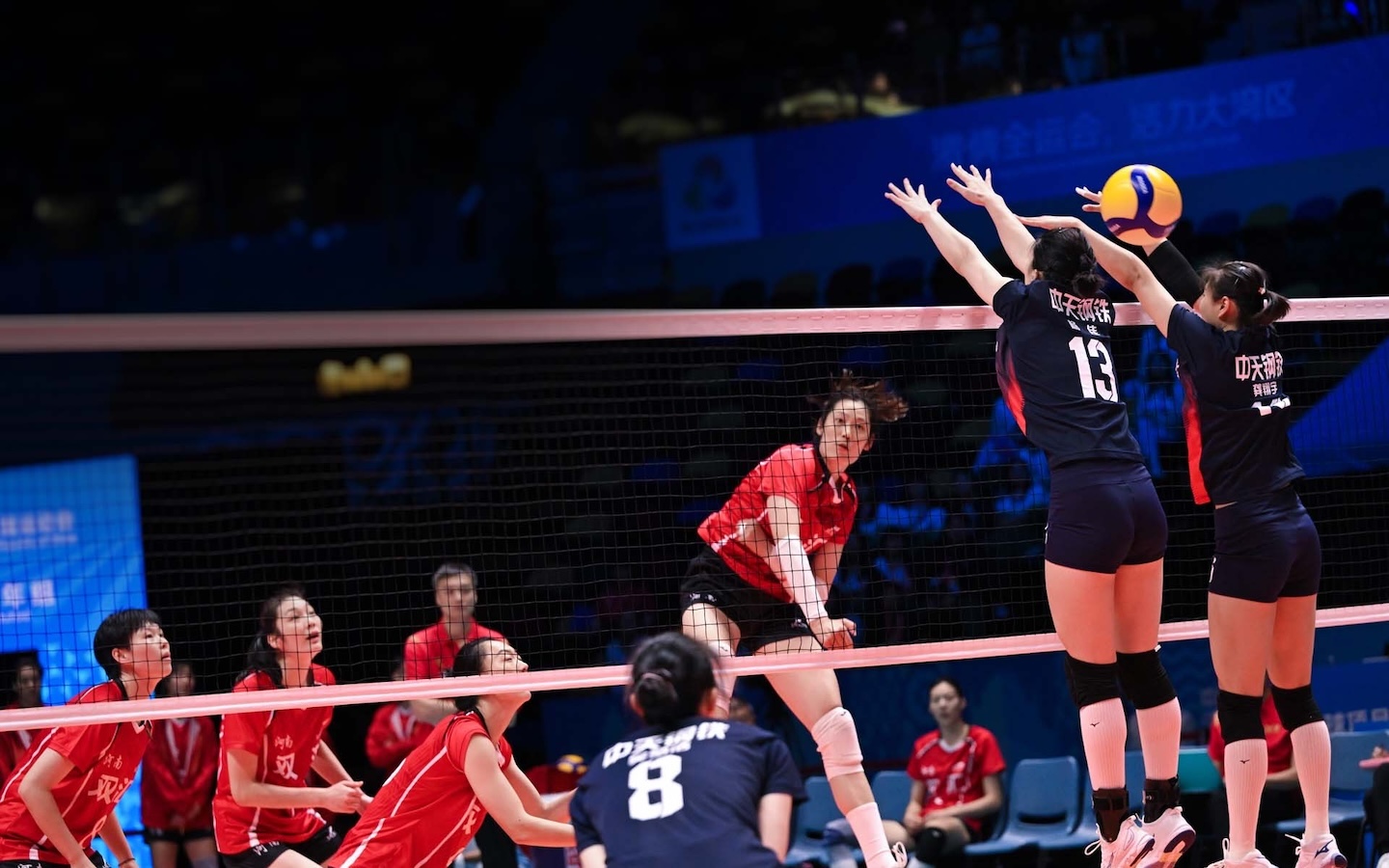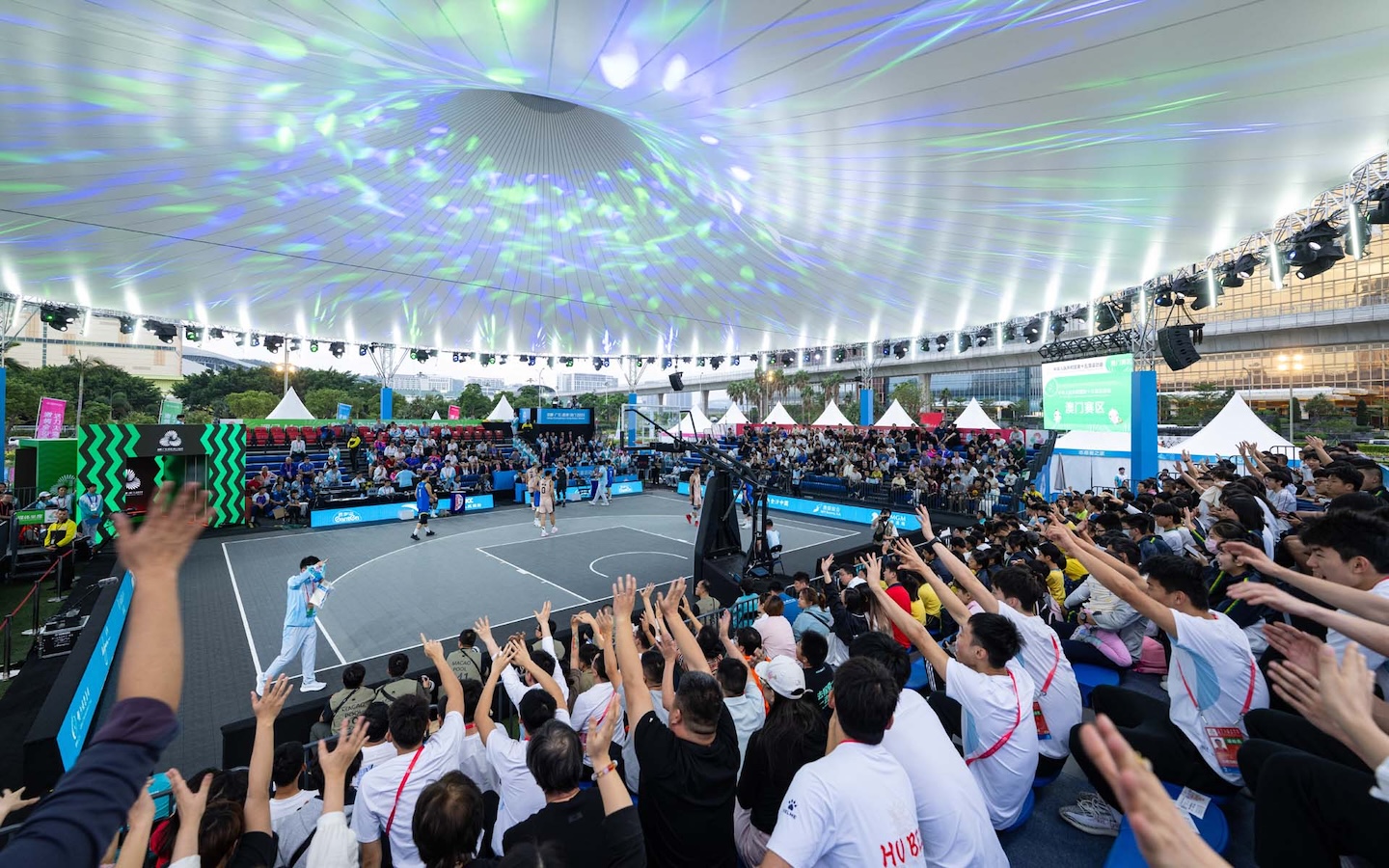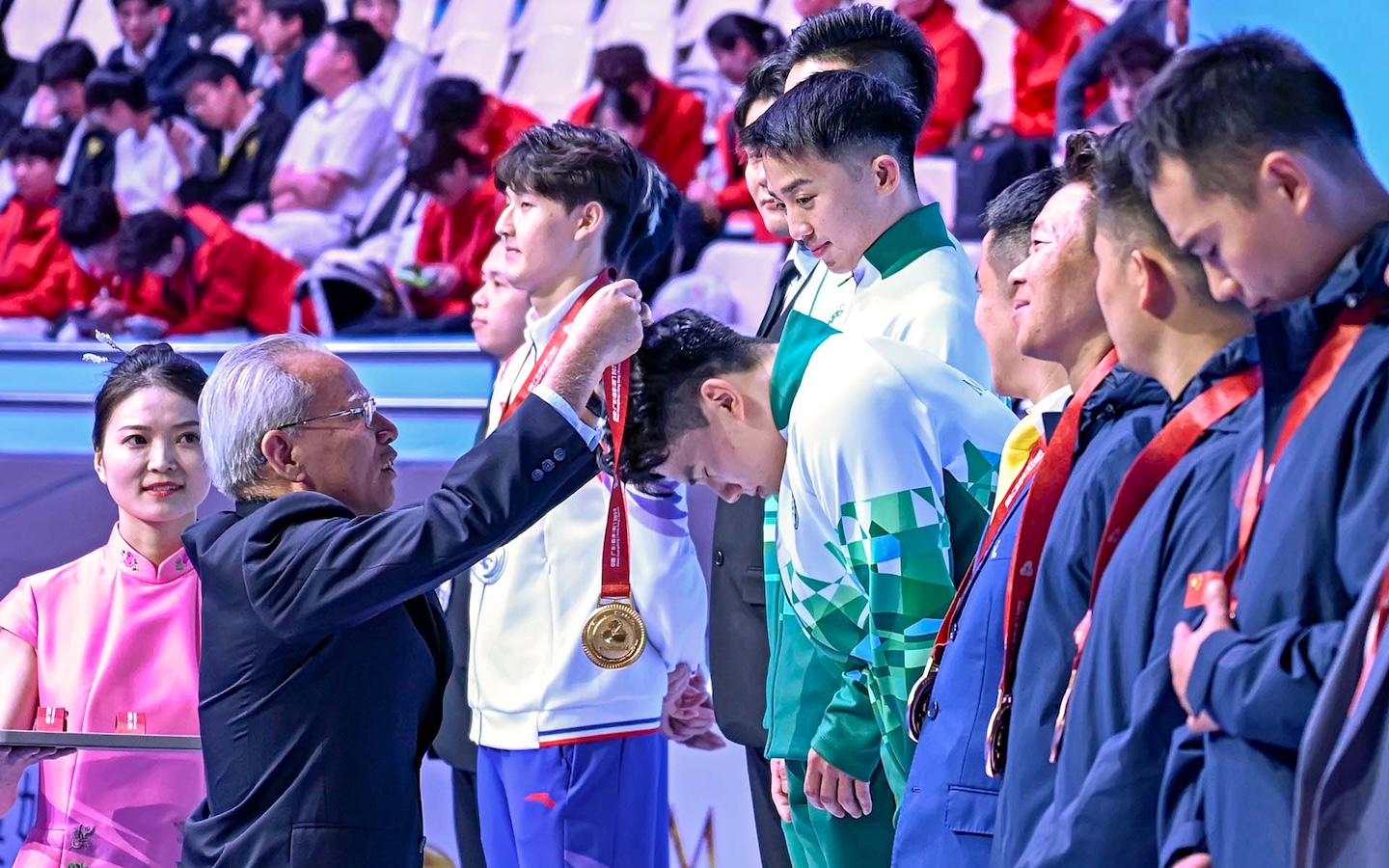TEXT Rafelle Marie Allego and Kary Lam
Macao’s new Athlete Training and Development Centre in Cotai is already garnering praise for improving the city’s chances of future sporting success. We put on our joggers and take an energetic look inside this forward-thinking sports facility.
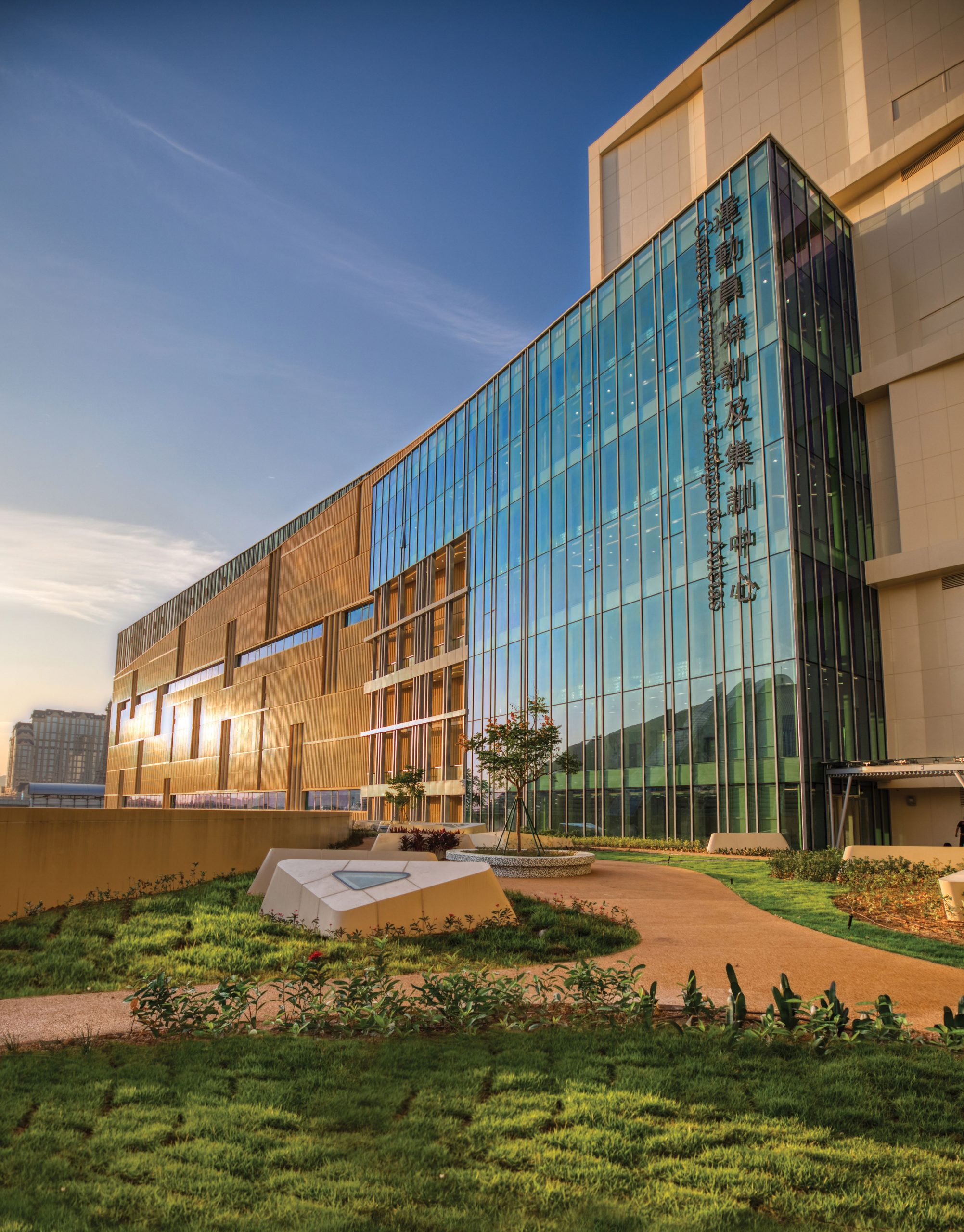
A milestone for Macao’s sporting world’. That’s what the president of the city’s Sports Bureau, Pun Weng Kun, called the new Athlete Training and Development Centre in 2016, long before the facility was constructed in Cotai. And it’s true – just five months after it opened its doors to sportsmen and women from across the city on 5 December, it’s already proving to be a valuable athletic asset.
The grand new centre, which was built between February 2017 and 30 September last year, lies next to the Macao East Asian Games Dome, about a kilometre away from Cotai’s Rotunda do Istmo. The facility, which was the brainchild of the Macao Sports Bureau, is already full of state-of-the-art sports equipment and spaces and adds to the bureau’s extensive list of sports training venues which are dotted across the territory.
The actual building, which is located near Rua de Tenis, just north of the dome, occupies just over 12,000 square metres in space on a patch of land which measures more than 59,000 square metres in area. The centre, which has a parking area, has so far cost MOP 1.63 billion (US$203.2 million) to build, including implementations that save both energy and water.
With its ideal environment, the centre will help improve the competitive level of our sports teams in a space that’s solely dedicated to training.
Prior to the opening, Pun Weng Kun said that, in the past, athletes in Macao had to leave the city if they wanted to train together but he believed that the centre ‘will not only provide local athletes with training conditions in Macao but it can also attract high-level foreign teams to train in Macao’ and he added that this allowed ‘local players to train together’ with those foreign teams, thus allowing ‘Macao athletes to raise their level’.
Director of the Athlete Training and Development Centre, Debby Fu, says: “It is an incredible building with a sizeable green space next to it. It also fulfils its obligation to the environment by having implementations that save energy and water and it provides a favourable atmosphere that is designed to provide the perfect training conditions for Macao’s athletes, coaches and technical support teams.”
Sporting environment
The facility’s environmentally friendly features include photovoltaic solar panels on the roof that are used to preheat the water before it is used in the showers. There is also a rainwater recovery system that irrigates the terrace garden, with the added feature of shutting off automatically if no rainwater is detected. With its double-glazed windows, the searing outside heat is blocked, which also reduces any reliance on air-conditioning. Natural light also comes in through the centre’s northern and southern glass facades and LED light bulbs cut the facility’s energy consumption.
The centre has been designed to have three main functions – there are training spaces, sports medicine services and a dormitory that has more than 300 bedrooms. It also includes two multi-function gymnasiums and a weight-training centre. There is a dormitory for sportsmen and women which is spread out over nine storeys, an indoor 25-metre pool and a restaurant, which are all expected to be put into service in the near future.
Athletes from across the world will be able to use the centre. It is primarily designed for Macao’s own sports teams, though. At the moment, there are five official Macao teams stationed at the facility – the Macau Judo Association, the Macau Karate-do Association, the Macau Taekwondo Association, the Wushu General Association of Macau and the Macau Dance Sport Federation. “With its ideal environment,” says Fu, “the centre will help improve the competitive level of our sports teams in a space that’s solely dedicated to training. The coaches and athletes of the five sports teams have already all found the centre to be a great benefit to them.” These teams have previously trained at other government-run facilities in the city. The Macau Taekwondo Association, for instance, used to train in one of the small industrial buildings in the Iao Hon area of the city.

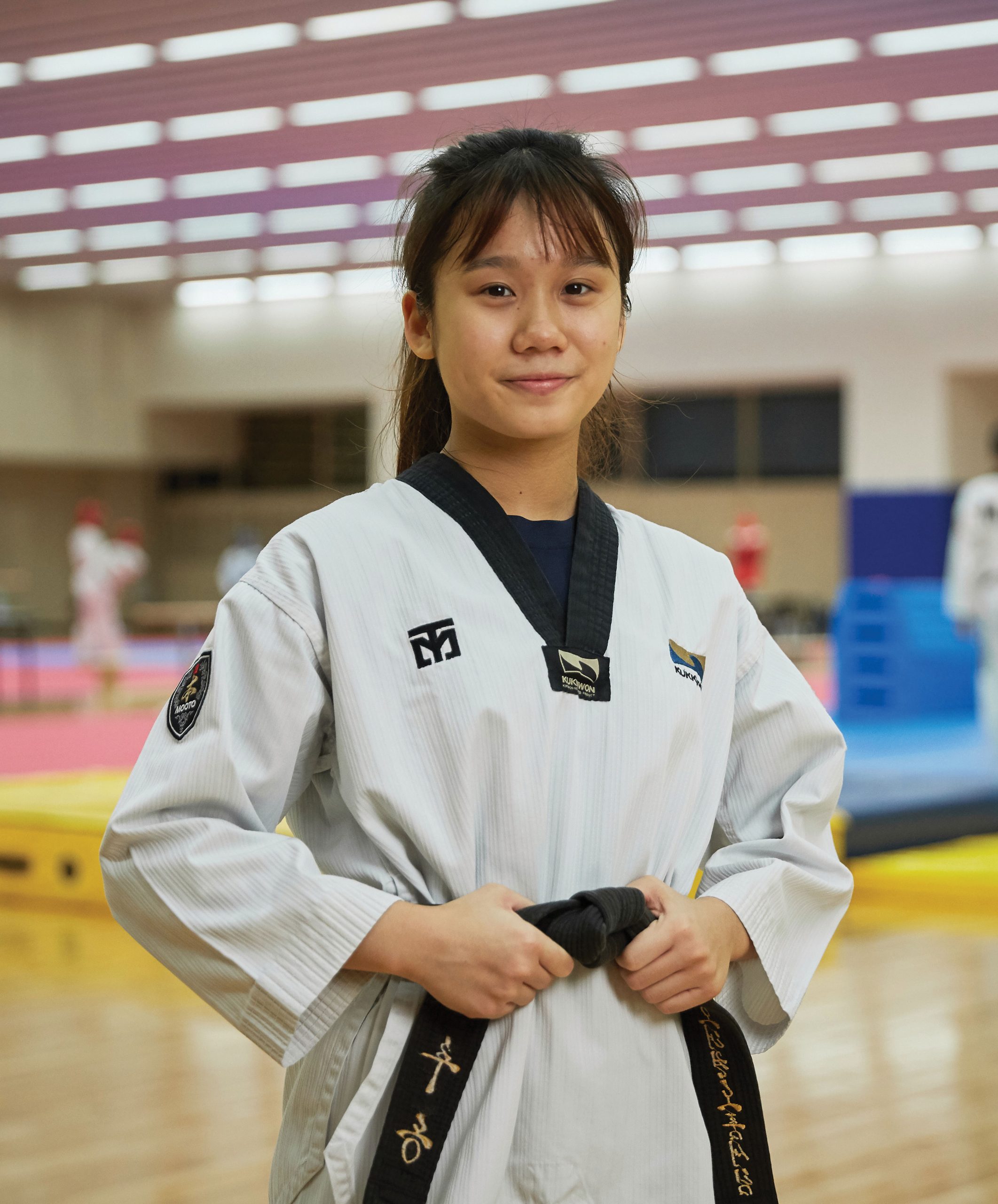
Just one of the many users of the new training centre is 35-year-old judo coach Aquino da Silva, who tells us the facility is a huge improvement for his team. And 30-year-old wushu coach Iao Chon In, who has been coaching the martial art sport since 2015, agrees. He says the centre is actually fairly similar to the sorts of venues the team is used to competing at throughout the year. And that can only be beneficial to the team’s development. “This helps the athletes adapt to the actual competition environment,” he says.
With a massive gym and a wide range of bodybuilding equipment available, all of the sportsmen and women who now use the centre have a fighting chance of improving their performance when they come to competitions. Even the changing rooms are receiving praise. “We used to train in a small, crowded place,” says 16-year-old taekwondo athlete Alba Merilda de Assunção. “But now we have better air and better changing rooms.”
De Assunção’s coach from the Macau Taekwondo Association, Chao Iat Keong, says that compared to where the team used to train, there is now more ceiling height for the acrobatic jumps that are necessary in the sport. The 42-year-old coach also says that the team doesn’t need to move equipment around during every training session any more. Being provided with readily available medical support is also a big advantage, shares 28-year-old gold medallist Huang Jun Hua. Huang scooped gold in wushu at the 2018 Asian Games.
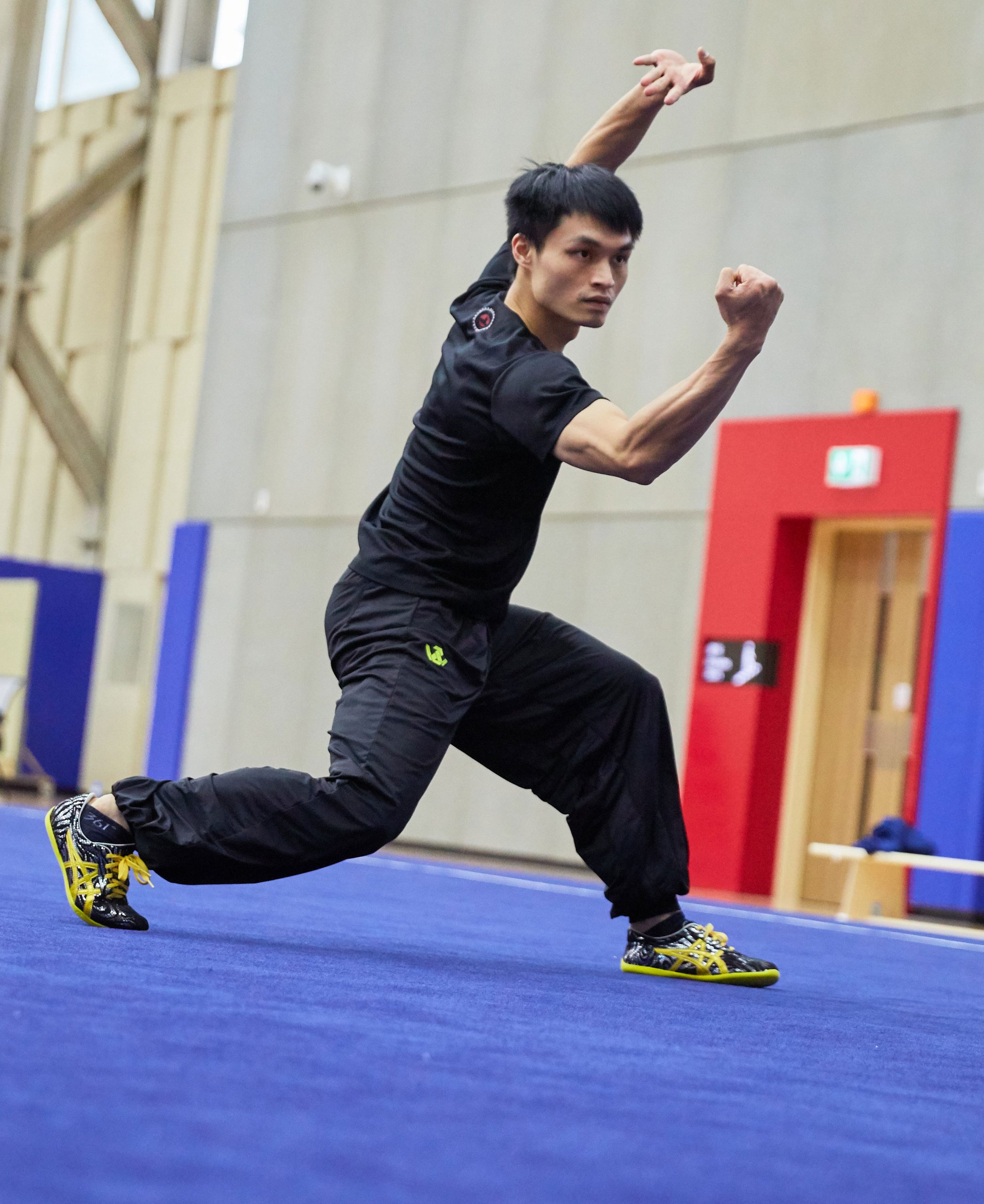
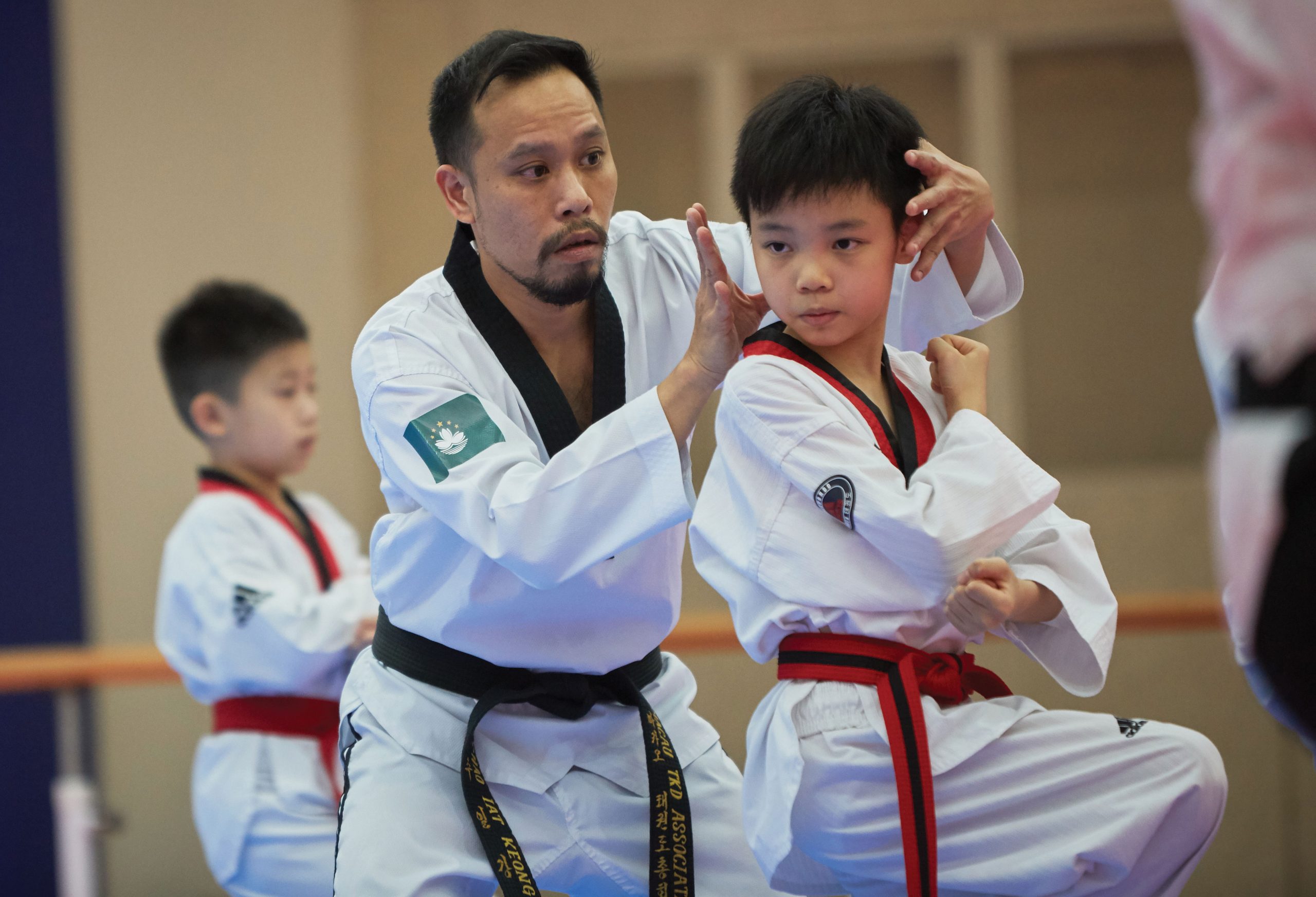
In the case of dancesport – which is a form of competitive ballroom dancing – coach U Mei Kok of the Macau Dance Sport Federation stresses the importance of the flooring quality. In the new centre, the bureau has provided teams with excellent flooring so that the athletes can practice their disciplines to the highest standard. As dancesport athletes Tam Ka Pan, 25, and Vong Weng Lam, 23, – who have been dance partners since 2009 – say, with more floor space in this new centre, they can adjust their ‘bigger movements’ according to how it would actually be during competitions, without the limitations they had experienced in their previous facilities.

Homegrown athletes
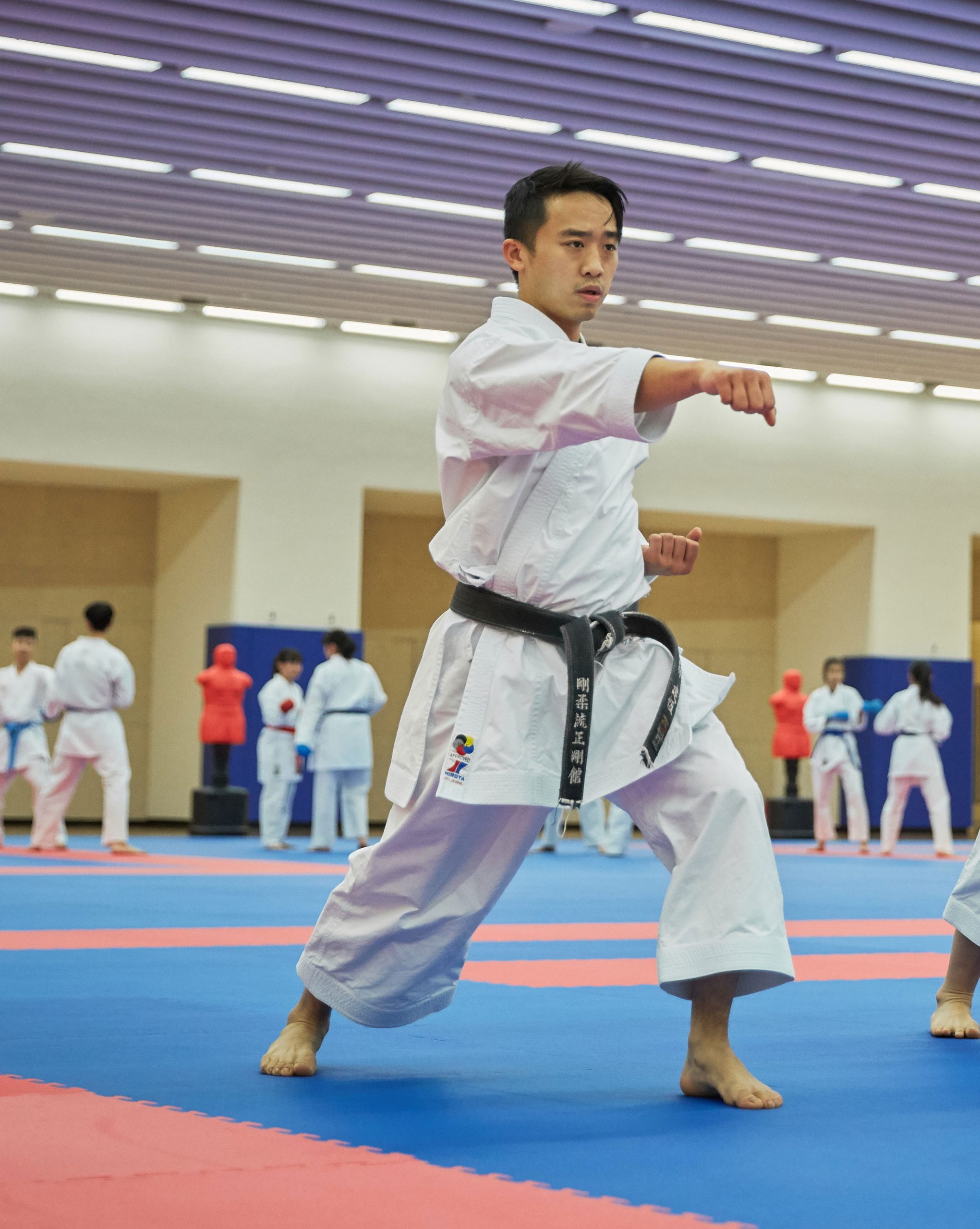
This new centre – which is for the sports teams and not for the general public – is an encouraging move by the government for Macao’s sports growth as the facilities have the potential to attract the interest of future homegrown athletes. Most of the sportsmen and women who already use the centre agree that drumming up interest for their disciplines is hugely important for the future of their teams. “The completion of the new centre is a milestone for the development of wushu in Macao,” says Iao. “There are still many open quotas for people to become a full-time wushu athlete in Macao and carry this traditional Chinese discipline forward into the future.”
With COVID-19 still affecting Macao and the rest of the world, many of the athletes who use the centre have been using the break as a time to improve themselves for future competitions. Iranian coach Mohammad Reza Rashidnia of the Macau Karate-do Association hopes this training will ‘bring more wins for Macao’. Treating his students like his own children, Rashidnia shares how warm and friendly the Macao sports environment has been over the past couple of decades. “There is much support from the bureau,” he says.
Karate athlete Kuok Kin Hang credits the bureau for helping the Macau Karate-do Association to reach a high level of success over past years. The 27-year-old athlete says: “I need to give a big thank you to the SAR government and the Sports Bureau for the new centre as I believe it will help us as we strive for better performances in our careers.” Iao agrees, saying that the effort that the bureau has invested in the city’s sports has yielded great improvements. He adds that the sports team now have ‘higher hopes of doing even better’ in future competitions.
“This centre will give hope to the city’s sports teams,” says Fu, “and it should motivate the city’s athletes into continuing to pursue their dreams in the sport of their choice. With the centre’s ample space for training, all of the athletes in Macao are looking at a bright future.”
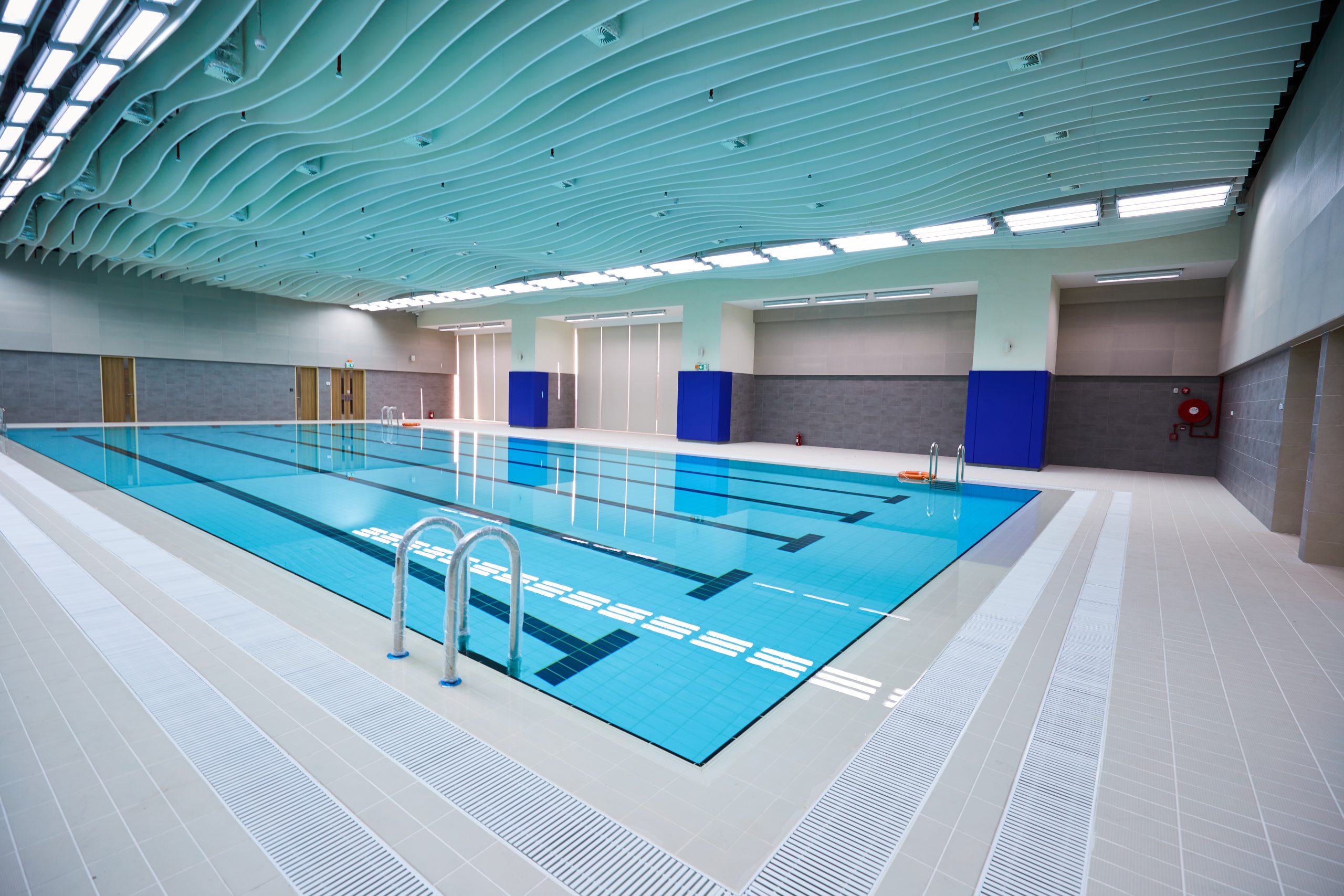
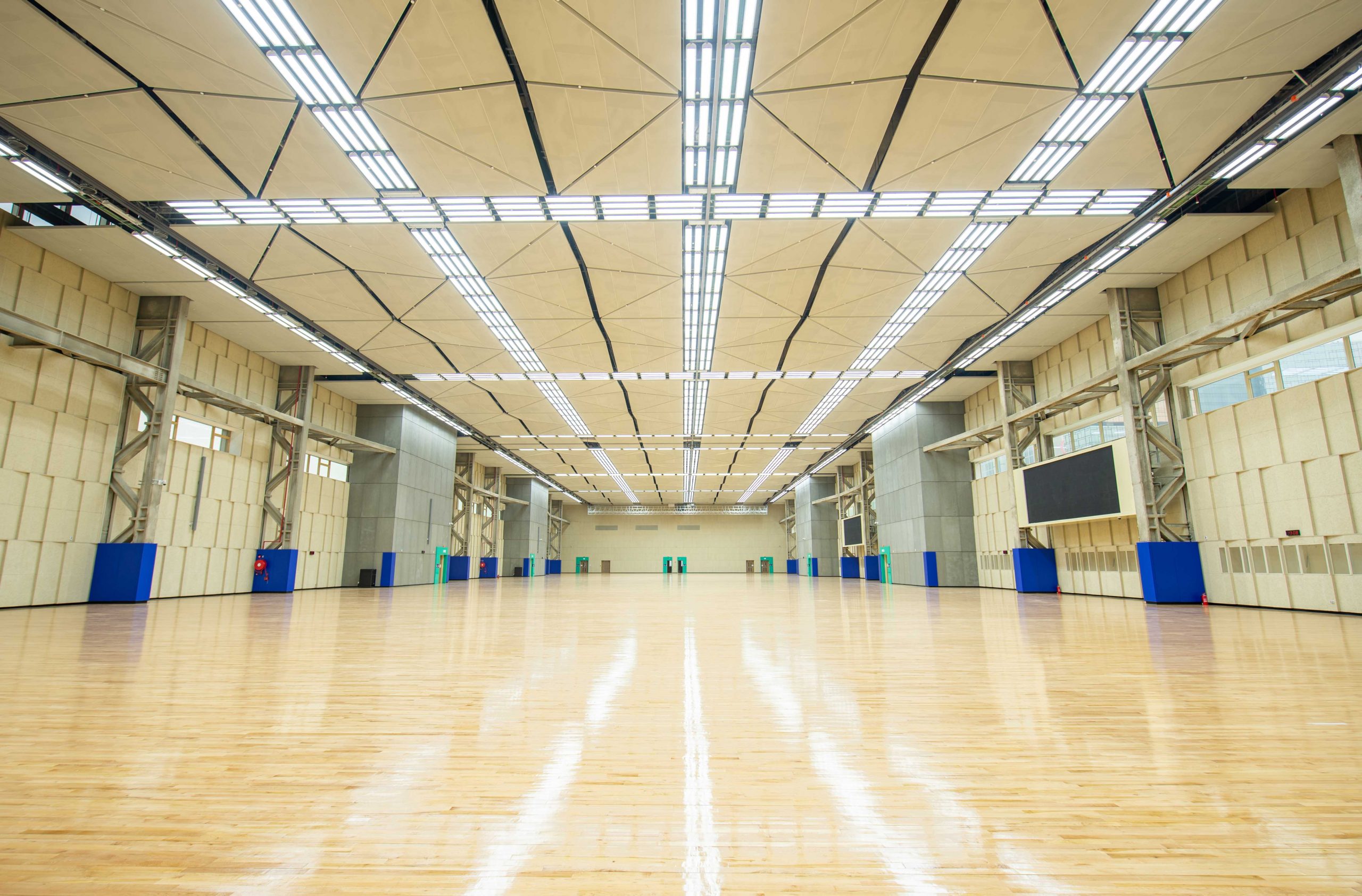
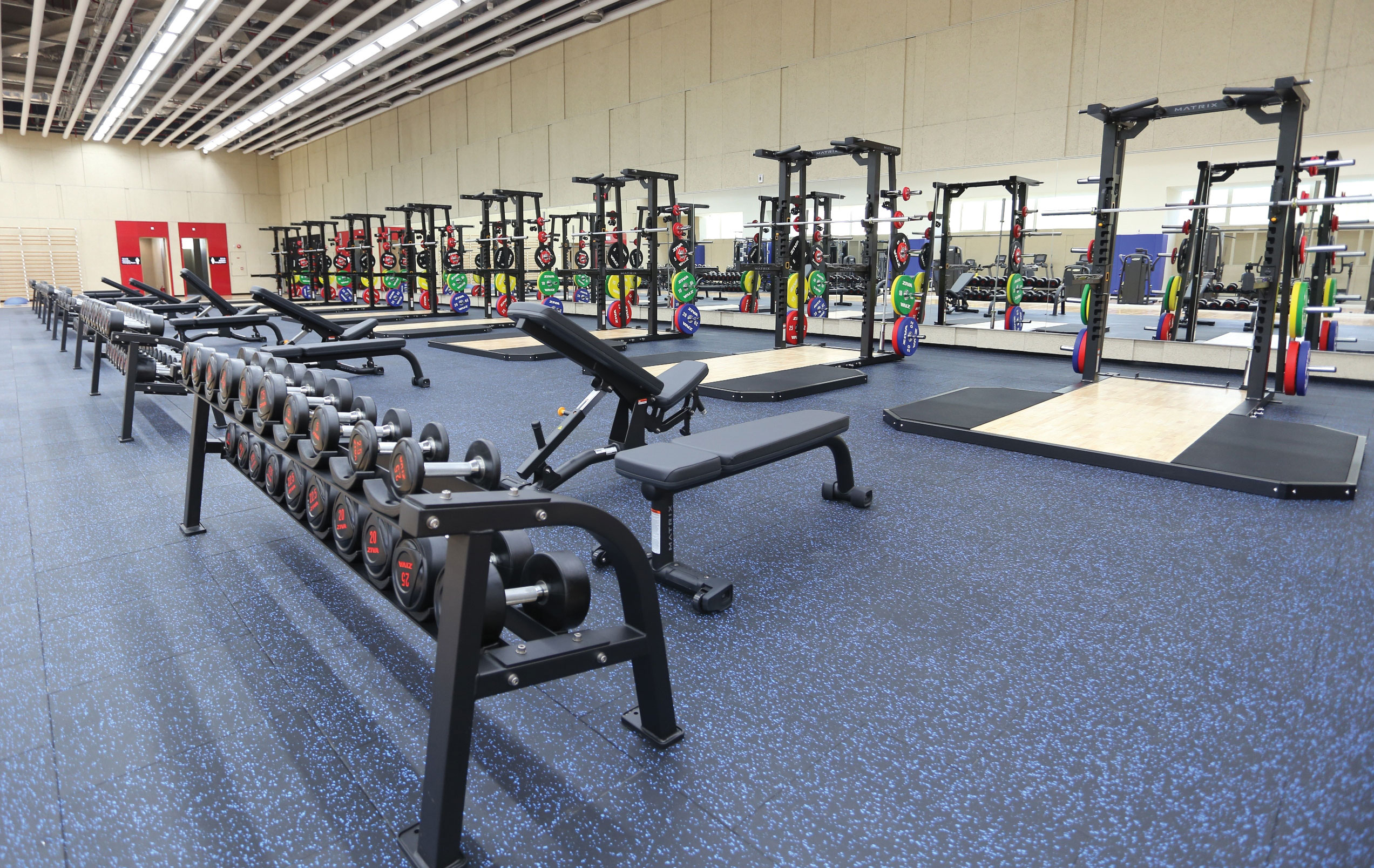
The fast facts
The Athlete Training and Development Centre in Cotai is a major new crown in Macao’s sports development. Here is a quick overview of the facts:
- The centre has cost MOP 1.63 billion (US$203.2 million) so far to create.
- It occupies a building floor area of about 12,000 square metres.
- The total gross floor area of the whole site is 59,000 square metres.
- It boasts a couple of two-storey multifunctional gymnasiums at 5,000 square metres each as well as a five-storey training centre covering a gross floor area of over 20,000 square metres.
- There is a 200-square-metre atrium garden next to the centre.
- A 2,000-square-metre outdoor terrace garden on the mezzanine floor provides natural insulation to the whole centre.
